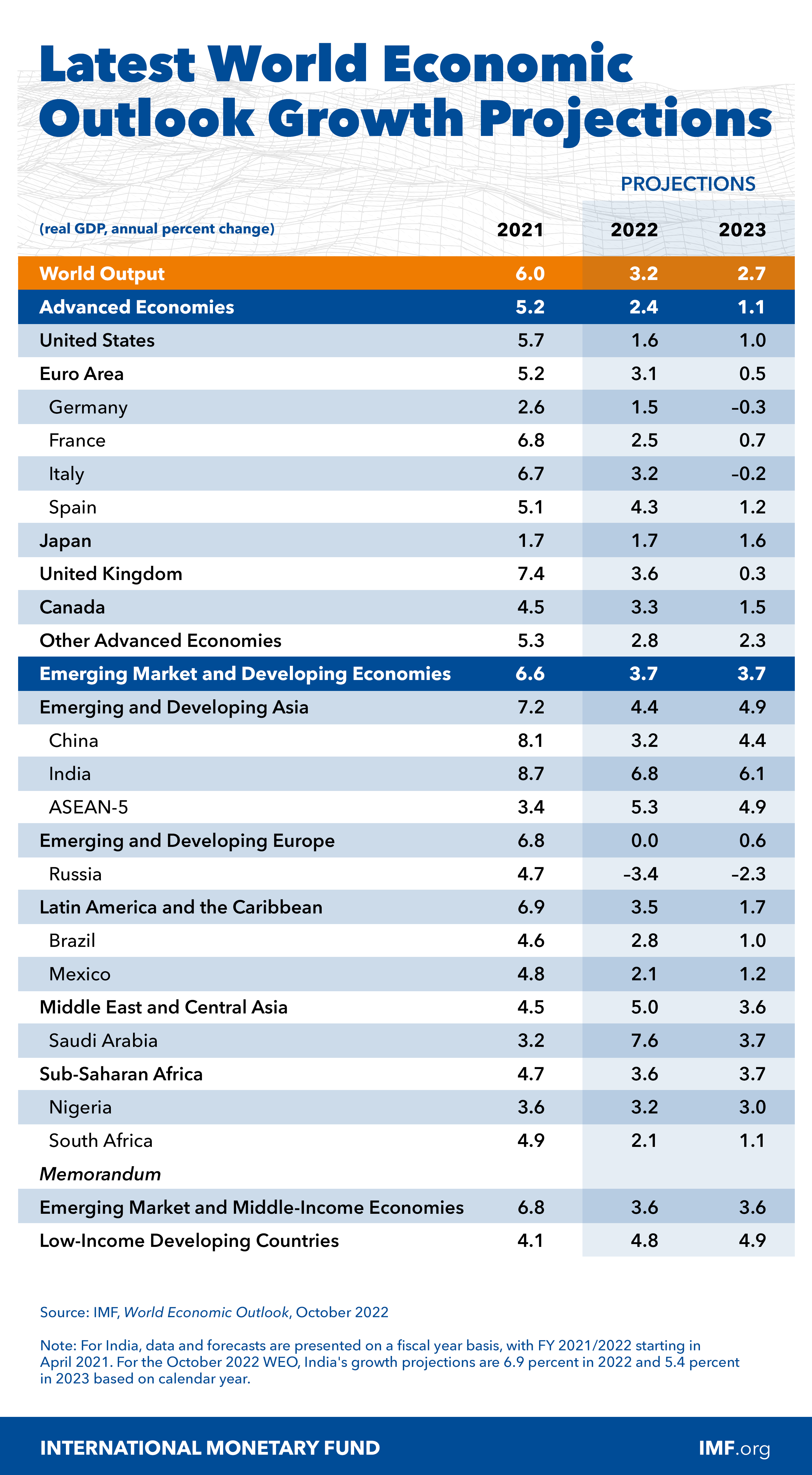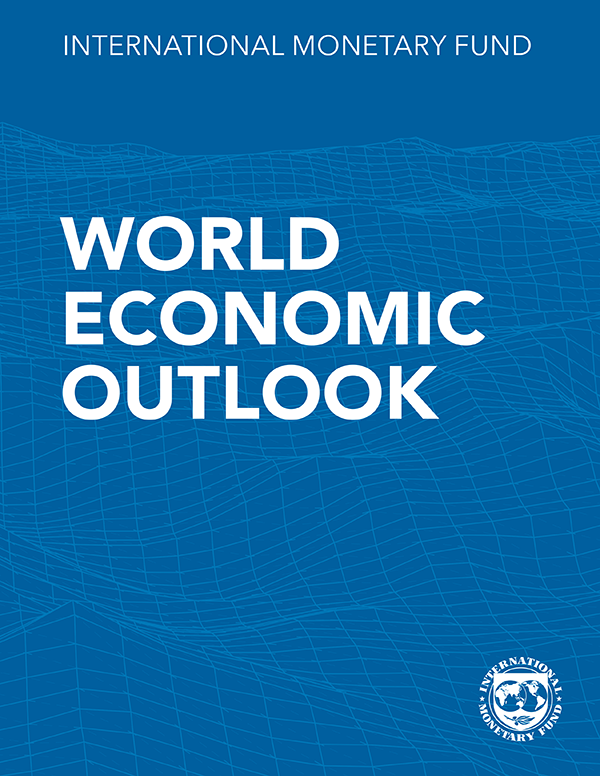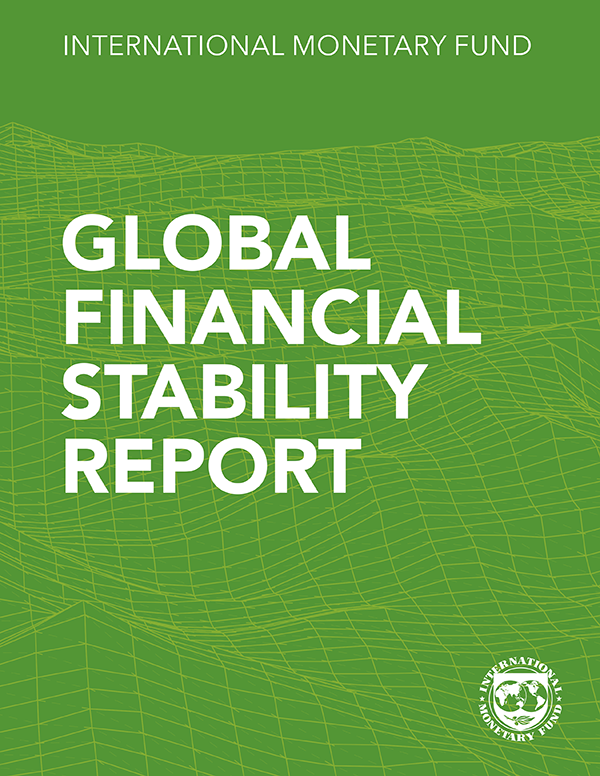Inflation and uncertainty
Global economic activity is experiencing a broad-based and sharper-than-expected slowdown, with inflation higher than seen in several decades. The cost-of-living crisis, tightening financial conditions in most regions, Russia’s invasion of Ukraine, and the lingering COVID-19 pandemic all weigh heavily on the outlook. Global growth is forecast to slow from 6.0 percent in 2021 to 3.2 percent in 2022 and 2.7 percent in 2023. This is the weakest growth profile since 2001 except for the global financial crisis and the acute phase of the COVID-19 pandemic.
Global inflation is forecast to rise from 4.7 percent in 2021 to 8.8 percent in 2022 but to decline to 6.5 percent in 2023 and to 4.1 percent by 2024. Monetary policy should stay the course to restore price stability, and fiscal policy should aim to alleviate the cost-of-living pressures while maintaining a sufficiently tight stance aligned with monetary policy. Structural reforms can further support the fight against inflation by improving productivity and easing supply constraints, while multilateral cooperation is necessary for fast-tracking the green energy transition and preventing fragmentation.

Global Prospects and Policies
The slowdown in global economic activity is broad-based and sharper-than-expected, with inflation higher than seen in decades. The economic outlook depends on a successful calibration of monetary and fiscal policies, the course of the war in Ukraine, and growth prospects in China. Risks remain unusually large: monetary policy could miscalculate the right stance to reduce inflation; diverging policy paths in the largest economies could exacerbate the US dollar’s appreciation; tightening global financing could trigger emerging market debt distress; and a worsening of China’s property sector crisis could undermine growth. Policymakers should focus on restoring price stability and alleviating cost-of-living pressures. Multilateral cooperation remains necessary to fast-track the green energy transition and prevent fragmentation.
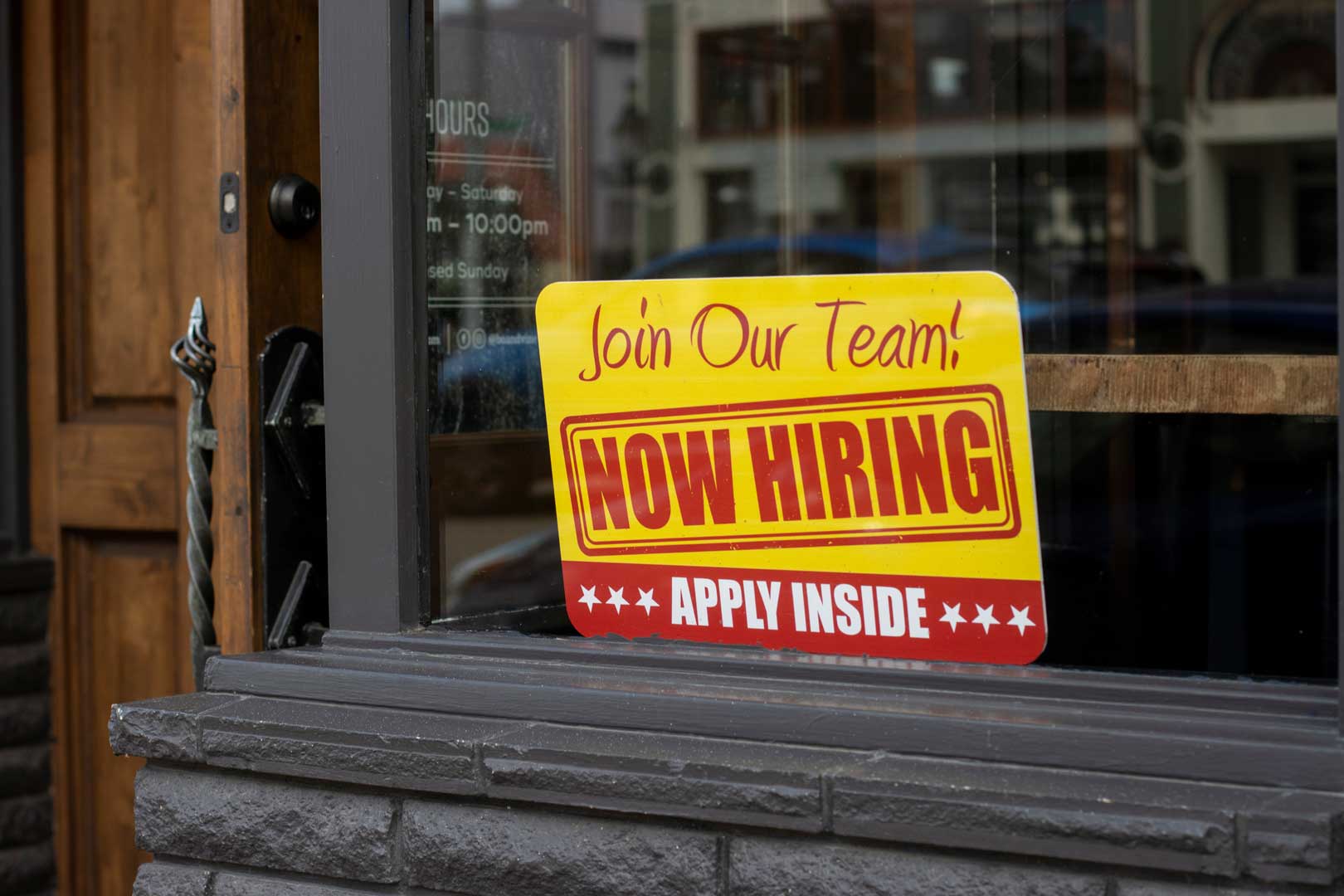
Wage Dynamics Post–COVID-19 and Wage-Price Spiral Risks
Inflation has reached a 40-year high in some economies. Although wage growth has generally stayed below inflation so far, some observers warn that prices and wages could start feeding off each other, with wage and price inflation ratcheting up in a sustained wage-price spiral. This chapter examines past and recent wage dynamics and sheds light on prospects. Similar historical episodes were not followed by wage-price spirals on average. Analysis highlights that more backward-looking expectations require stronger and more frontloaded monetary tightening to reduce risks of inflation de-anchoring. Risks of a sustained wage-price spiral appear limited since underlying inflation shocks come from outside the labor market and monetary policy is tightening aggressively.

Near-Term Macroeconomic Impact of Decarbonization Policies
Decades of procrastination have transformed what could have been a smooth transition to a more carbon-neutral society into what will likely be a more challenging one. By the end of the decade, the global economy needs to emit 25 percent less greenhouse gases than in 2022 to have a fighting chance to reach the goals set in Paris in 2015 and avert catastrophic climate disruptions. Using a new model developed at the IMF (GMMET), the chapter analyses the near-term macroeconomic impact of feasible decarbonization policies and potential challenges for monetary policy.
Disclaimer: The boundaries, colors, denominations, and any other information shown on the maps do not imply, on the part of the International Monetary Fund, any judgment on the legal status of any territory or any endorsement or acceptance of such boundaries.
Publications

-
March 2025
Finance & Development
- The Talent Equation

-
September 2024
Annual Report
- Resilience in the Face of Change
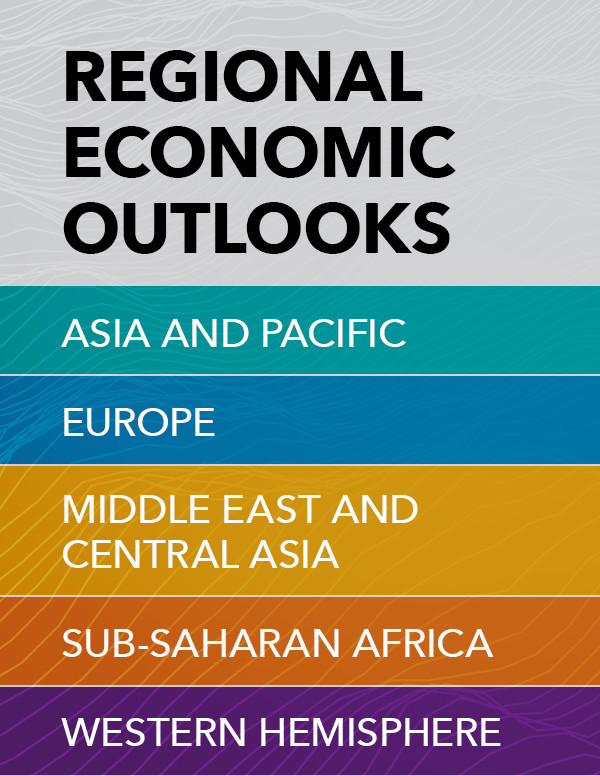
-
Regional Economic Outlooks
- Latest Issues









